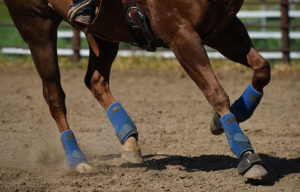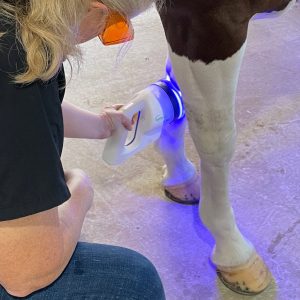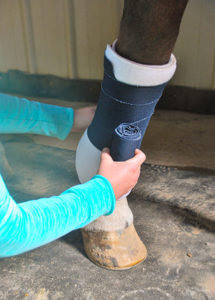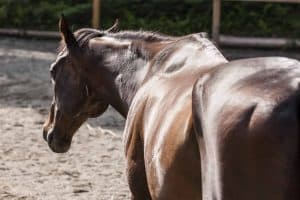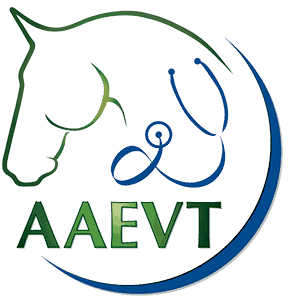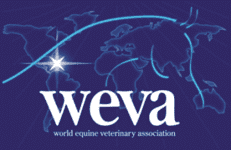How to Sedate and Anesthetize Untrained Horses
- Topics: AAEP Convention 2018, Horse Care, Medications

“Untouchable horses may vary from truly feral horses in open range areas to unhandled youngsters in the clinic or pasture environment,” said Nora Matthews, DVM, Dipl. ACVAA, a professor emeritus at Texas A&M University’s College of Veterinary Medicine, in College Station. “All are potentially dangerous and require careful assessment of the patient as well as what facilities and personnel are available.”
She described three groups of untouchable horses: feral, minimally handled, and uneducated, along with the best ways to handle these horses for sedation, which vets use to reduce horses’ consciousness level and restrict movement, and general anesthesia, which they use to make horses fully unconscious and unable to feel pain.
Feral Horses
Truly feral horses live in a herd on the range without access to corrals, chutes, or fenced areas. Thus, the veterinarian typically must dart them with the sedatives. Darting in open terrain, however, has its dangers
Create a free account with TheHorse.com to view this content.
TheHorse.com is home to thousands of free articles about horse health care. In order to access some of our exclusive free content, you must be signed into TheHorse.com.
Start your free account today!
Already have an account?
and continue reading.

Written by:
Alexandra Beckstett
Related Articles
Stay on top of the most recent Horse Health news with





